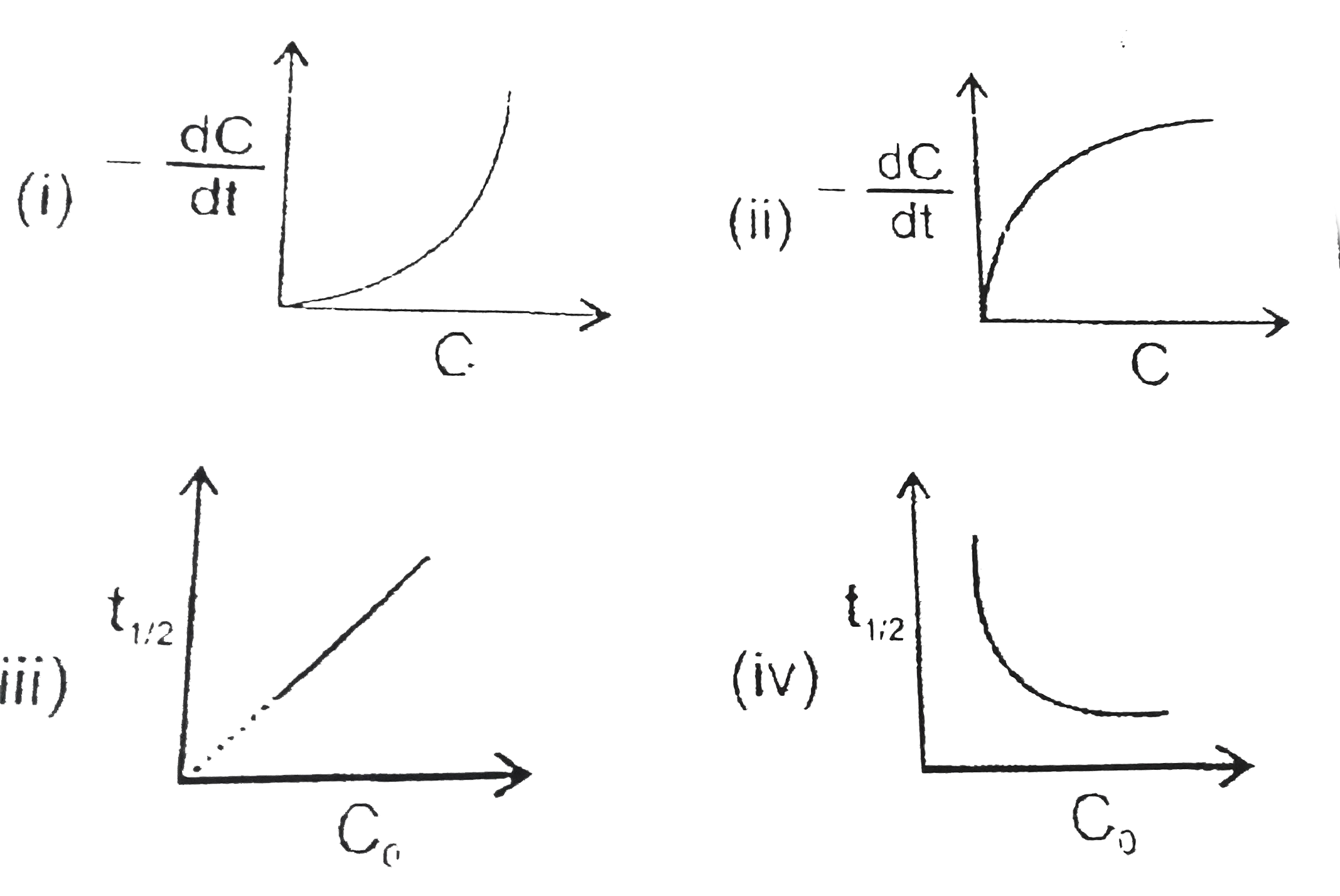In a triangle ABC, tanA and tanB satisfy the inequality √3x2−4x+√3<0, then which of the following must be correct ?
(where symbols used have usual meanings)
a2+b2−ab<c2
a2+b2>c2
a2+b2+ab>c2
a2+b2<c2
The correct Answer is:A, C
To solve the problem, we need to analyze the inequality given for the triangle ABC, where tanA and tanB satisfy the inequality:
√3x2−4x+√3<0
Step 1: Identify the quadratic equation
The inequality can be treated as a quadratic equation:
√3x2−4x+√3=0
Step 2: Find the roots of the quadratic equation
We will use the quadratic formula to find the roots:
x=−b±√b2−4ac2a
Here, a=√3, b=−4, and c=√3.
Calculating the discriminant:
b2−4ac=(−4)2−4(√3)(√3)=16−12=4
Now substituting into the quadratic formula:
x=4±√42√3=4±22√3=62√3 and 22√3
This simplifies to:
x=3√3=√3andx=1√3
Step 3: Analyze the inequality
The roots of the quadratic are x=√3 and x=1√3. The quadratic opens upwards (since the coefficient of x2 is positive). Therefore, the inequality √3x2−4x+√3<0 holds between the roots:
1√3<x<√3
Step 4: Determine the range for tanA and tanB
Since tanA and tanB must satisfy this inequality, we have:
1√3<tanA,tanB<√3
Step 5: Convert the tangent values to angle measures
Using the known values of tangent:
- tan30∘=1√3
- tan60∘=√3
Thus, the angles A and B must satisfy:
30∘<A,B<60∘
Step 6: Determine the range for angle C
Since the angles in a triangle sum to 180∘:
C=180∘−(A+B)
The minimum value of A+B occurs when both are 30∘:
A+B>60∘⟹C<120∘
The maximum value of A+B occurs when both are 60∘:
A+B<120∘⟹C>60∘
Thus, we have:
60∘<C<120∘
Step 7: Final inequalities for C
From the above analysis, we conclude:
- C lies between 60∘ and 120∘.
Conclusion
The correct options regarding the angles A, B, and C based on the given inequality are:
- A and B are between 30∘ and 60∘.
- C is between 60∘ and 120∘.
The inequality can be treated as a quadratic equation:
We will use the quadratic formula to find the roots:
The roots of the quadratic are x=√3 and x=1√3. The quadratic opens upwards (since the coefficient of x2 is positive). Therefore, the inequality √3x2−4x+√3<0 holds between the roots:
Since tanA and tanB must satisfy this inequality, we have:
Using the known values of tangent:
- tan60∘=√3
Since the angles in a triangle sum to 180∘:
From the above analysis, we conclude:
The correct options regarding the angles A, B, and C based on the given inequality are:
- C is between 60∘ and 120∘.
Topper's Solved these Questions
- BOOK - VIKAS GUPTA (BLACK BOOK)CHAPTER - SOLUTION OF TRIANGLESEXERCISE - Exercise-3 : Comprehension Type Problems16videos
SOLUTION OF TRIANGLES
- BOOK - VIKAS GUPTA (BLACK BOOK)CHAPTER - SOLUTION OF TRIANGLESEXERCISE - Exercise-5 : Subjective Type Problems12videos
SOLUTION OF TRIANGLES
- BOOK - VIKAS GUPTA (BLACK BOOK)CHAPTER - SOLUTION OF TRIANGLESEXERCISE - Exercise-5 : Subjective Type Problems12videos
SOLUTION OF TRIANGLES
- BOOK - VIKAS GUPTA (BLACK BOOK)CHAPTER - SEQUENCE AND SERIES EXERCISE - EXERCISE (SUBJECTIVE TYPE PROBLEMS)21videos
SEQUENCE AND SERIES
- BOOK - VIKAS GUPTA (BLACK BOOK)CHAPTER - STRAIGHT LINES EXERCISE - Exercise-5 : Subjective Type Problems10videos
STRAIGHT LINES
Similar Questions
Knowledge Check
- Question 1 - Select One
Which of the following formula is correct ? [ Where symbols have their usual meaning ]
ACV=Rγ−1BCp=γRγ−1CCpCV=γDAll of these - Question 2 - Select One or More
In a ΔABC if rr1=r2r3, then which of the following is/are true ?
(where symbols used have usual meanings)Aa2+b2+c2=8R2Bsin2A+sin2B+sin2C=2Ca2+b2=c2DΔ=s(s+c) - Question 3 - Select One
Which of the following is correct ? (symbols have their ususal meanings)
AP=PCBIntensity =PowerareaCB=ECDAll of these
In AABC, angle A, B and C are in the ratio 1:2:3, then which of the following is (are) correct? (All symbol used have usual meaning in a triangle.) (A) Circumradius of AABC = c (B) a:b:c=1:√3:2 (C) Perimeter of △ABC = 3+√3 (D) Area of triangle ABC=√38c2
View SolutionSolution of the inequality, x−3<√x2+4x−5 is
View SolutionIn a equilateral triangle r, R and r1 form (where symbols used have usual meaning)
View SolutionIf in a △ABC , cos (A-C) cos B + cos 2 B =0 , then which of the following options is(are) correct? (where, the symbols have their usual meanings).
View Solution
Which of the following graphs are correct for a second order reaction: (where symbols have their usual meanings)View Solution

